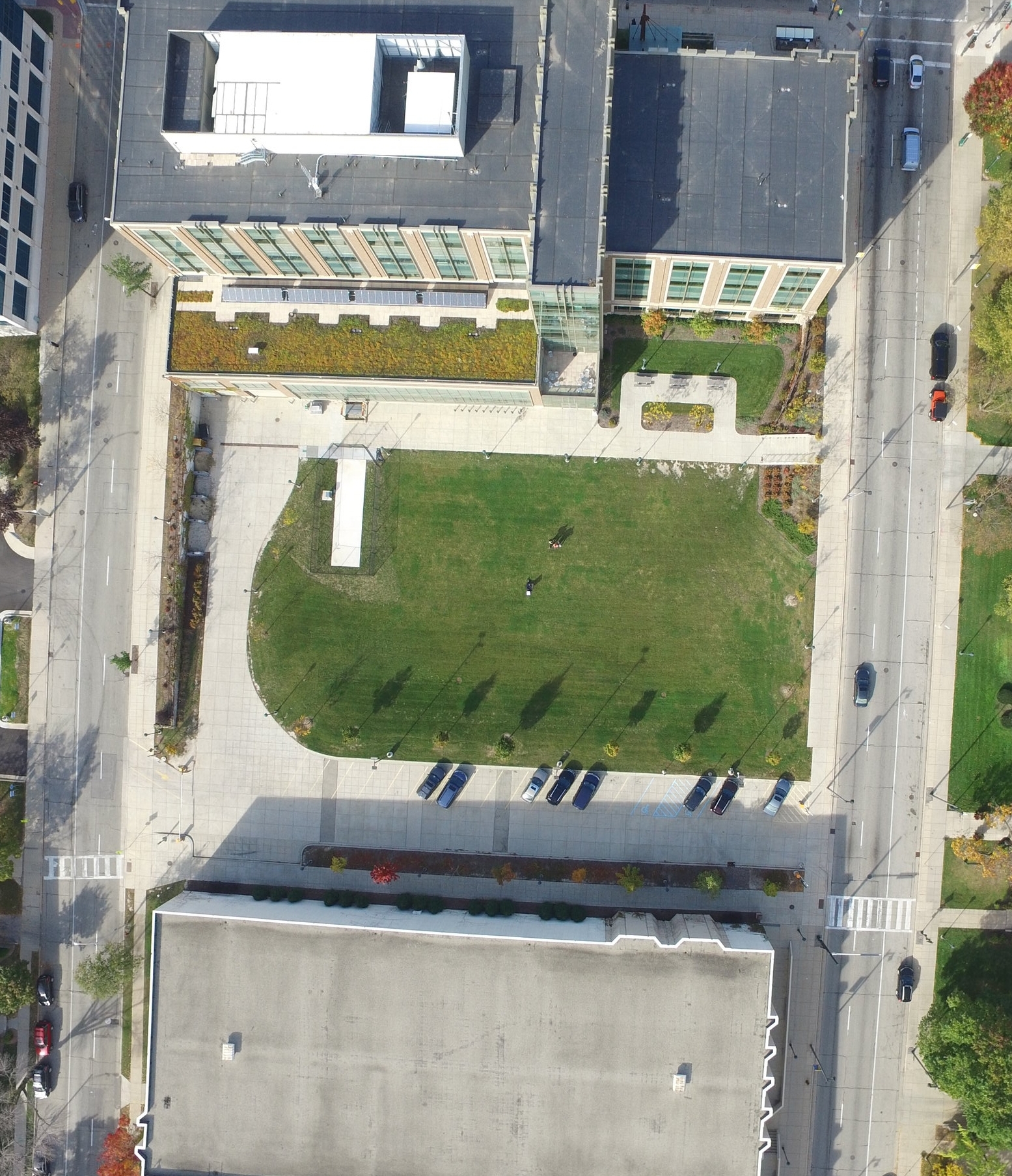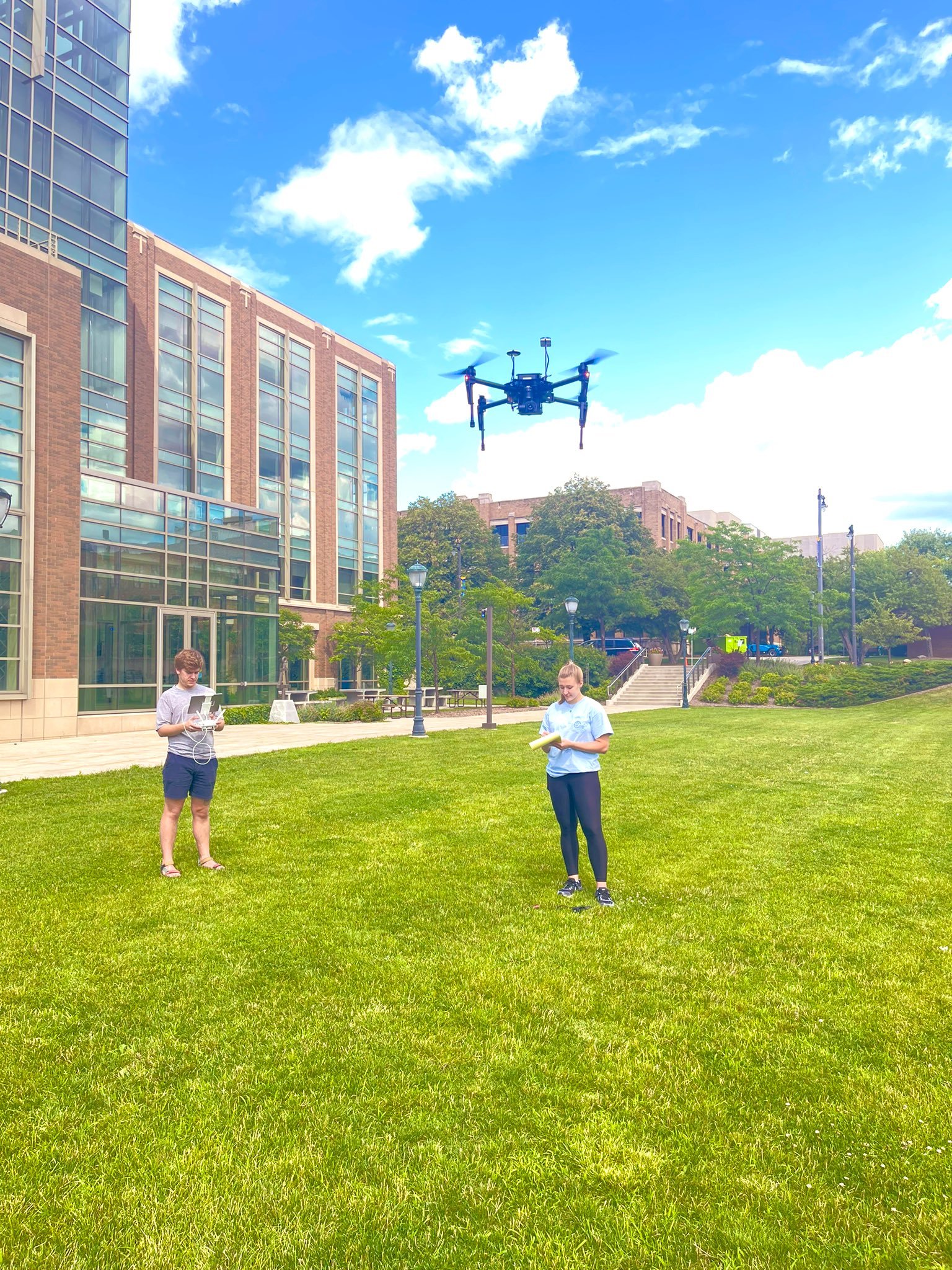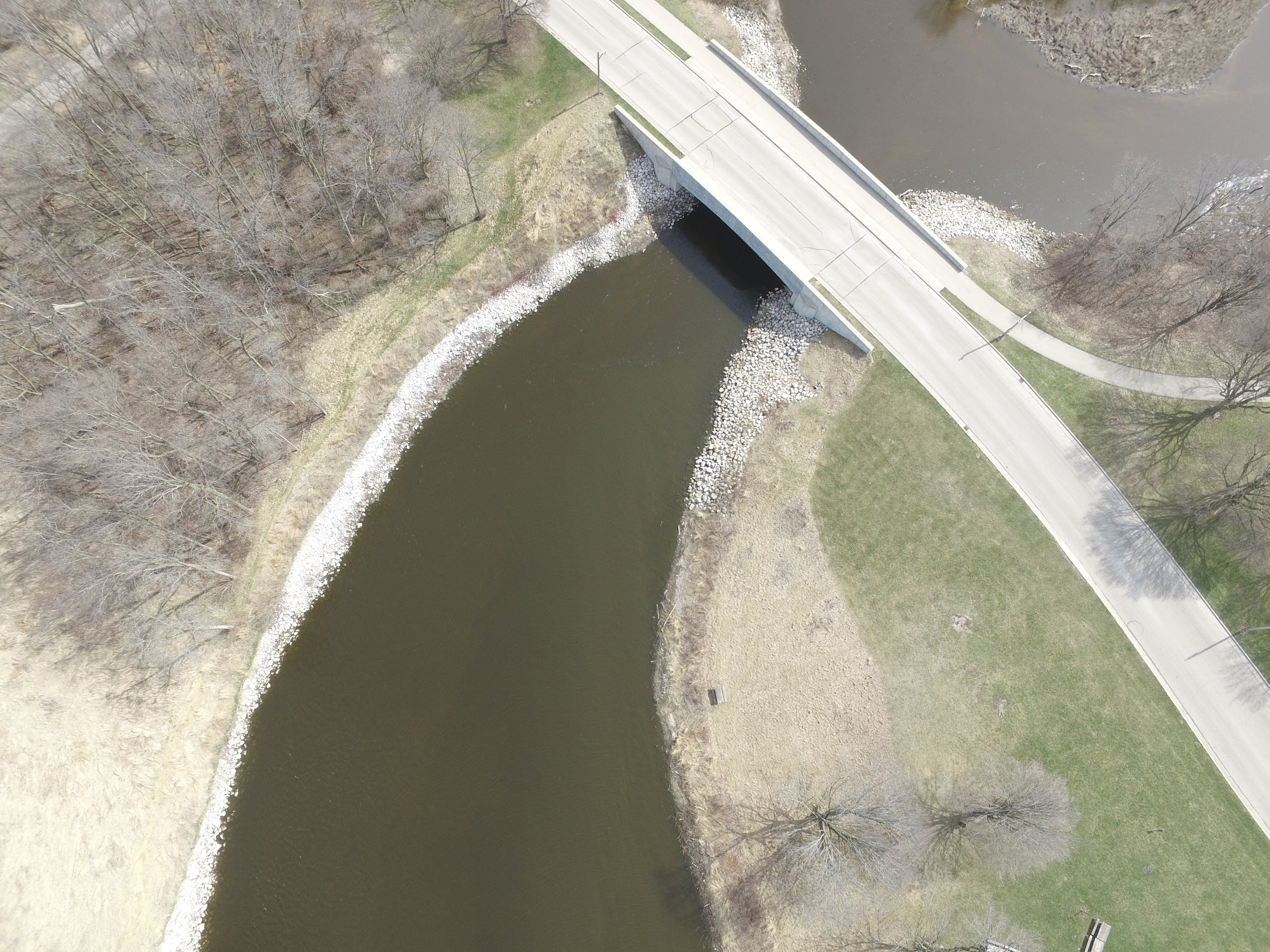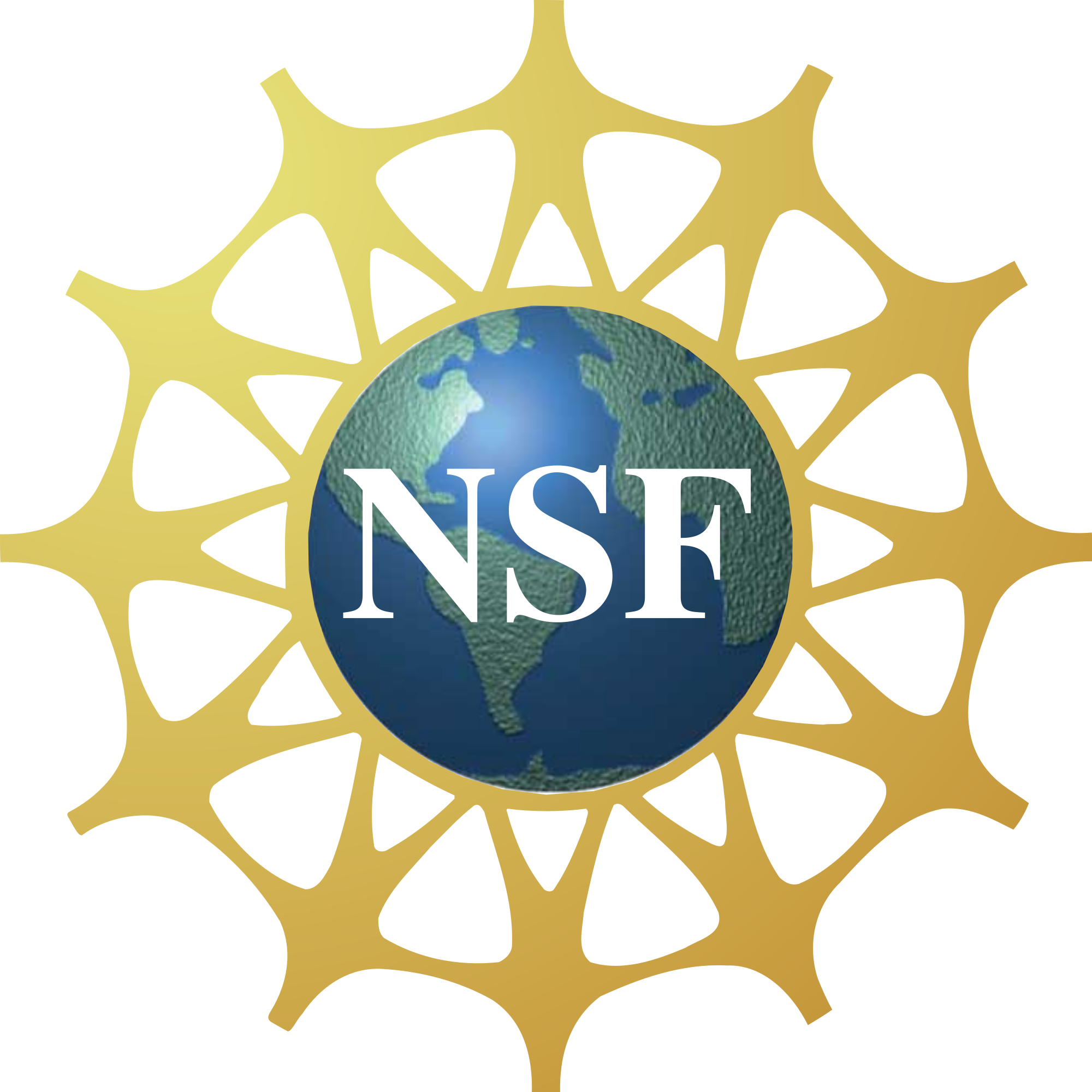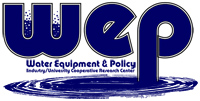Research Projects
Current Projects
Remote sensing of stormwater infrastructure
Managing stormwater assets is a challenge for municipalities and government entities who must operate and maintain infrastructure that is decentralized and geographically disperse. This research seeks to assist these efforts through the integration of drone and satellite remote sensing for inspecting stormwater assets.
Supported by
Supported by:
Measuring flow rates using distributed temperatures sensing
Identifying flow sources in stormwater and sanitary sewers is challenging using traditional in-situ monitoring, and no cost-effective methods currently exist to determine flow rates and sources across an entire sewer network. This project proposes a novel approach that uses distributed temperature sensing (DTS) via fiber optic cables to monitor flow dynamics throughout the system. By continuously measuring temperature at 1-meter intervals, this method offers high-resolution insight into sewer flow behavior. While previous studies have shown its potential, key challenges remain. This work aims to address those by (1) establishing the relationship between temperature patterns and flow sources under varying environmental conditions, and (2) enhancing techniques to estimate flow rates from temperature data.
STTR Phase I: Machine learning and video-based sensor for measuring sewer flows
The broader impact of this Small Business Technology Transfer (STTR) Phase I project will be to provide water reclamation facilities with accurate and reliable data across all pipe flow conditions in order to make infrastructure and operational decisions. This decision-making capability is important as many facilities spend millions of dollars each year on improving sewer system function, yet are constrained by lack of quality data on sewer flows. Improved sewer flow data may help to optimize infrastructure improvements and reduce costs to taxpayers. In addition, this work may directly advance the health and welfare of the American public through improved wastewater collection systems operations and reduced overflows and basement backups. This technology has broader social implications as low-income and minority communities are disproportionately affected by flood impacts.
Supported by:
Supported by:
Lafferty Family Foundation
Stormwater Infrastructure and Antibiotic Resistance
Antibiotic resistance is a public health crisis that could render antibiotics ineffective against bacterial infections. Our research has revealed connections between stormwater and antibiotic resistance and indicated that stormwater can move antibiotic resistance genes through the environment. This finding is especially concerning because it means that stormwater could serve as a link between people and antibiotic resistance bacteria; however, this finding is also encouraging because stormwater systems, including green infrastructure best management practices, could be designed to mitigate this threat. This research will fundamentally investigate how antibiotic genes transfer and spread in the environment and what impacts resistance.
End-of-pipe filters for GSI underdrains
Many green stormwater infrastructure (GSI) practices are designed to capture, treat, and infiltrate runoff. While effective at reducing runoff volume and particulate pollutants, they often fail to reduce—and may even increase—the concentrations of dissolved nutrients in the outflow. This project aims to develop innovative end-of-pipe treatment methods to improve the removal of dissolved pollutants from GSI systems.
Supported by:
Supported by:
Green stormwater infrastructure to treat highway runoff
Green stormwater infrastructure (GSI) effectively captures and treats runoff from impervious surfaces such as roads, parking lots, and walkways. However, treating runoff from highways or overpasses is more challenging due to the high flow energy and pollutant concentrations. This study aims to evaluate the performance of a GSI system designed to treat stormwater runoff from a highway overpass in Milwaukee, Wisconsin.
